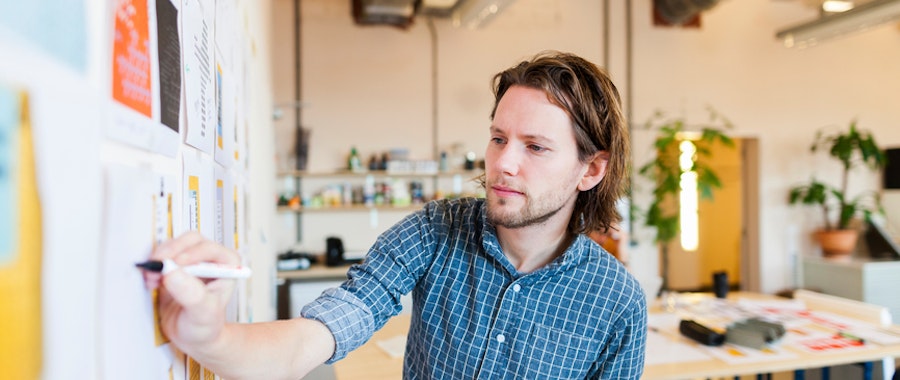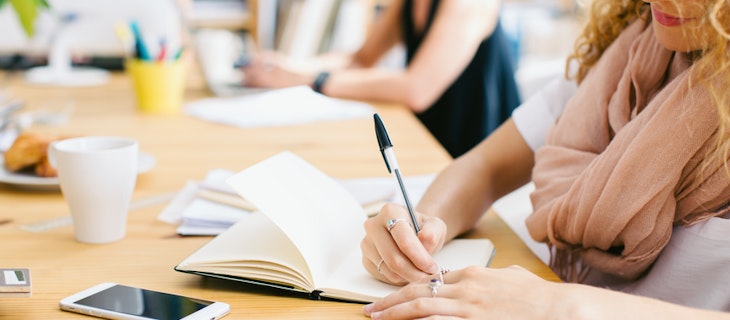
Creating Creativity: How environment can inspire creativity
With innovation set to drive business growth in 2017, we’re looking at ways business owners can make their workplace and employees more creative. This time, we’re focusing on small changes you can make to workplace to bring out employee creativity.
As visual and spatial creatures, our physical environment can have a huge impact on our inward psychology – spending upwards of eight hours a day in a single, stale environment can freeze over your employee’s creative juices.
That said, a few subtle tweaks can overhaul a creatively unstimulating environment, boost employee’s thinking processes, and help create a workplace culture around creativity and playfulness.
Setting up stimulus
Creativity is often described as a playful, clever, or otherwise unexpected recombination of two or more existing ideas or references that work together to solve a problem. It stands to reason then that the more inspiration, references, and visual stimulus you have around the workplace, the greater the pool of material for employees to swim in when asked to tackle a task creatively.
A simple way to increase inspiration and boost creativity in the office is to place books, magazines, and coffee table flipthroughs around the workplace – especially if they’re from unrelated disciplines and industries. Likewise, paintings, artworks, photographs, unusual furniture and eclectic knickknacks can stimulate creative thinking – look beyond IKEA and switch up these bits and pieces regularly to stop brains from going blind to them.
Creative spaces
Creativity doesn’t just happen in brainstorms – it happens throughout the day in a thousand small ways, and in many formats beyond a typical group meeting. The tip here is to set up a variety of spaces throughout the workplace that support creativity.
These spaces could include chill out zones and quiet rooms sanctioned off from the hustle and bustle of the workplace floor, where employees can work on tasks without being interrupted. We explore this idea in more detail in our previous article of this series.
Not everyone has the ability to renovate – a lighter touch may mean allowing off-site or walking meetings, renaming meeting rooms to provoke different types of thinking (for example, the breakthrough room, the collaboration room, the blue hat room etc.).
Active bodies, active minds
The healthier people are, the more creative they tend to be. If people are stressed, sleepy, or otherwise inhibited, this can severely limit their ability to think flexibly and refreshingly.
Therefore, part of building a creative workplace is about finding ways to improve the physical health of your employees. Consider standing desks, walking meetings, sleep-in policies, fruit deliveries, adding indoor plants, or corporate gym partnerships to keep your employee’s minds in the magic.
A safe environment
This last point is a bit more abstract – but essentially, it comes from the insight that a huge part of creativity is the ability to experiment in a safe environment and make mistakes without too much consequence. If employees fear failure, they’ll do whatever is tried and tested, the antithesis of creativity.
It’s therefore important to inject a sense of playfulness into the workplace and workflow whenever possible – the sense that it’s okay to be wrong. Be experimental with how you handle even the simplest, smallest, or commonly overlooked touchpoints in your business – from onboarding new employees to all-staff meetings that casually address any failures.


